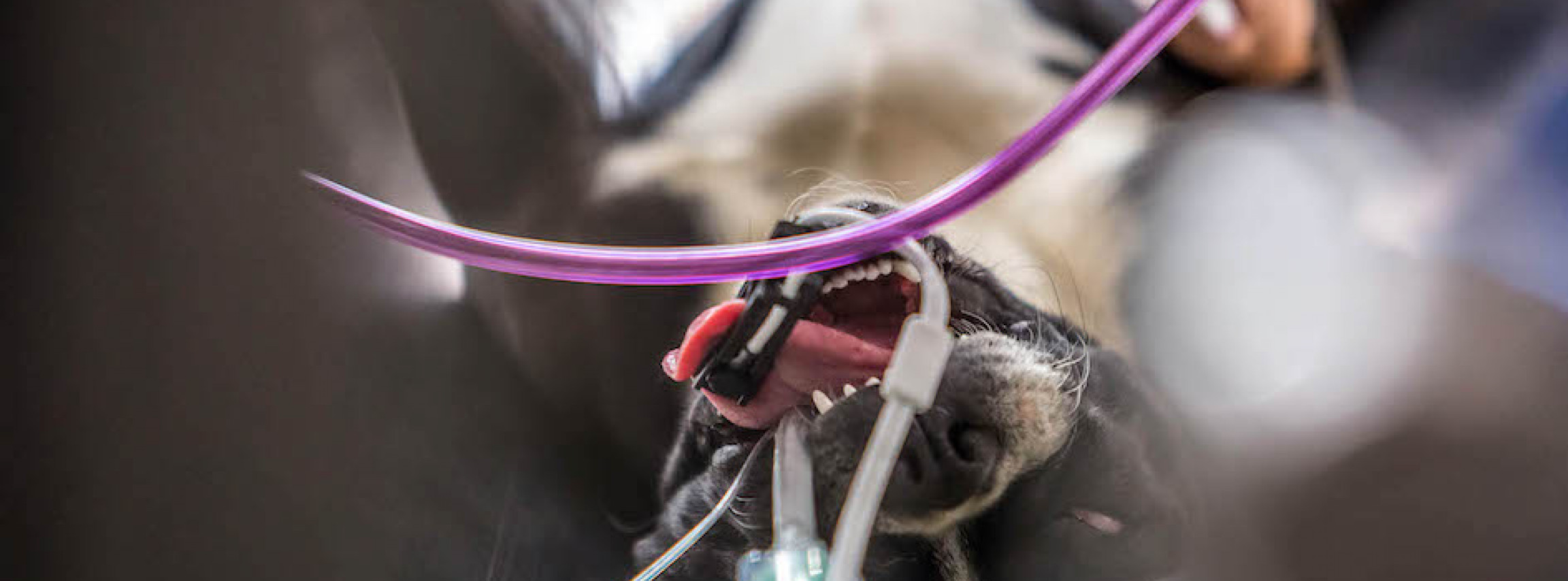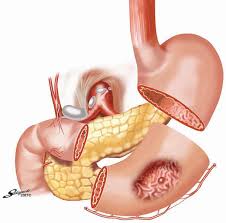Gastrectomy
A gastrectomy is a procedure where a portion of the stomach is resected. Gastrectomy is a longer surgical procedure, however during this surgical procedure all the necrotic tissue is removed and will therefore not be a cause of concern in the future.
A gastrectomy is indicated when necrosis (death of cells or organs), ulceration, or neoplasia (abnormal growths) occurs in the greater curvature or middle portion of the stomach.
There are three main types of gastrectomy:
A partial gastrectomy is the removal of a part of the stomach. The lower half is usually removed.
A full gastrectomy is the removal of the entire stomach.
A sleeve gastrectomy is the removal of the left side of the stomach. This is usually performed as part of a surgery for weight loss.
Removing the stomach does not take away the ability to digest liquids and foods. However, someal lifestyle changes may need to be implemented after the procedure.
Indications
Gastrectomy's are performed on animal who suffer from severe stomach conditions, that have not improved after administration of other treatment procedures.
Your veterinarian may suggest a gastrectomy for the following:
- benign, or noncancerous, tumors
- bleeding
- inflammation
- perforations in the stomach wall
- polyps, or growths inside your stomach
- stomach cancer
- severe peptic or duodenal ulcers
The stomach may also be made smaller to assist obesity patients. By making the stomach smaller, the pet is likely to eat less as they feel fuller quicker. This procedure will only be done if, and ONLY IF, all other options have been exhausted. These include diet, exercise and medication.
Surgery
Generally surgery of the stomach is an emergency and surgical preparation involves patient stabilisation. These patients should have fluid and acid base and electrolytes abnormalities corrected prior to surgery.
Partial Gastrectomy
To begin, any fluid in the abdomen must be drained. The pet will be intubated and a catheter will be placed. Once he/she is comfortable the abdomen will be shaved. An incision will be made down the centre of the abdomen. Once opened, the surgeon will explore the abdominal cavity to assess how much damage exists or if multiple tumors are present. The stomach will then be cut and its contents emptied. All affected areas will be removed and the gastric opening will be sutured back together in layers. The abdominal incision will then be closed using sutures.






